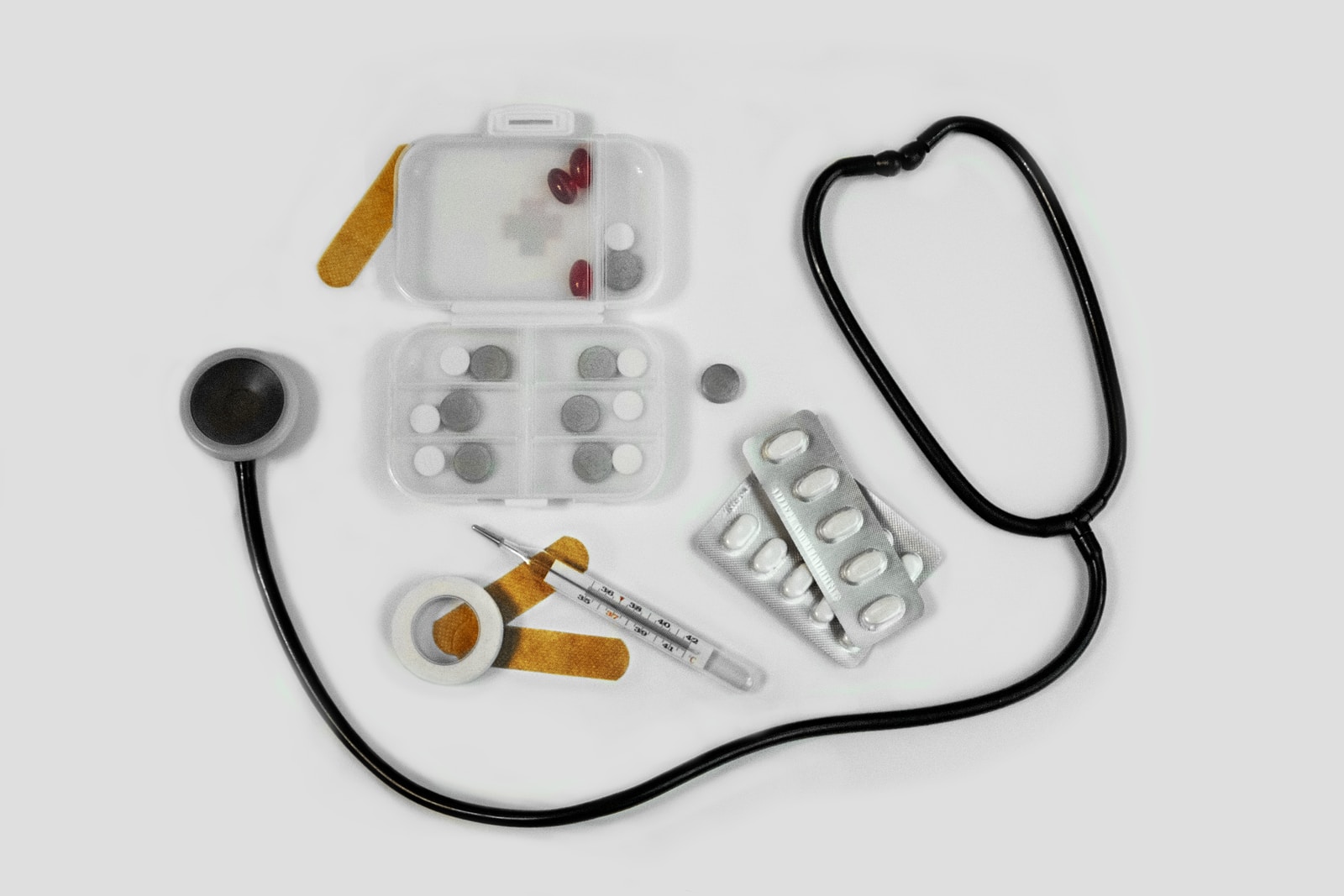When it comes to being prepared for an emergency, having a basic first aid kit is essential for any home or office. A well-stocked first-aid kit can help to prevent minor emergencies from escalating into major traumas, and it can provide much-needed support and comfort at the moment. But what should be included in a basic first aid kit? Here is a list of seven critical items that you should always have on hand.
Adhesive Bandages
Also known as Band-Aids, these are an absolute must for any first aid kit. They cover minor cuts, scrapes, blisters, and other wounds. Be sure to stock up on various sizes and shapes and waterproof bandages when you need to care for a wound while you’re on the go.
Antiseptic Wipes or Cream
Antiseptic wipes or cream can help to clean and disinfect minor wounds. This is an essential step in the wound-healing process, as it helps to prevent infection. Be sure to include a product containing lidocaine, as this can help numb the pain associated with minor cuts and scrapes.
Sterile Gauze Pads
Gauze pads are an essential item to have on hand for more extensive wounds. You can use them to apply pressure to a bleeding wound or to absorb exudate from a wound.
A sterile gauze also provides a barrier between the wound and the outside world, which can help to prevent infection. When purchasing wound care products, always choose quality over quantity. You can find reputable companies that sell these products online. Be sure to compare prices and reviews before making your final decision. Be sure to stock up on gauze pads of different sizes when you place your order.
Disposable Gloves
When caring for wounds, it is always good to use disposable gloves. This will help prevent the transmission of disease, and it can also help to ensure sanitary conditions as you work with wounds that may be quite messy. There are many different types of gloves available on the market, so be sure to choose a comfortable product for you to use. These gloves come in different sizes, so it’s best to include a few different sizes in your kit.
Make sure that the gloves you choose are hypoallergenic and latex-free. The higher quality the nitrile gloves are, the more this will help prevent irritation, rashes, and other allergic reactions if you have sensitive skin during the treatment process.
Scissors
Having a good pair of scissors on hand is always a good idea. They can be used to cut bandages and gauze, and clothing that may constrict a wound. In addition, they can remove splinters and other foreign objects from the skin. Choose a pair of scissors that is comfortable for you to hold and use.
When choosing scissors, make sure that they are sharp and easy to clean. This will help to ensure that they are in top working condition at all times, and it can also help them last longer.
Tweezers
Tweezers are a vital tool to have in any first-aid kit. They can also be used to pluck out insect stings and bites. In addition, they are used to remove foreign objects from the skin. If you or someone in your family has a history of allergic reactions to bee stings or other insect bites, it is always good to keep tweezers on hand.
When choosing tweezers, consider looking for a pair that is easy to grip and comfortable to use. This will help ensure that you can quickly and effectively remove foreign objects from the skin when needed.
Over the Counter Medications
These drugs can include pain relievers such as acetaminophen, ibuprofen, aspirin, antihistamines, and other allergy medication. If you or someone in your family has a history of allergies or asthma, keeping an inhaler on hand is always a good idea.
Other over-the-counter medications that you may want to consider packing in your first aid kit include decongestants (oral and nasal), cough suppressants, motion sickness medication, insect bite and sting, antacids, diarrhea medication, and laxatives. Pack enough of each medicine to last for several days, as you never know when you may need them.
In addition to over-the-counter medications, you should also pack any prescription medications that you or your family members take regularly. Keep these in their original containers and include a list of the drugs and dosages in your first aid kit. This will help ensure that you always have the proper medications in an emergency.
This list is by no means exhaustive, but it can help get you started preparing your first aid kit. Consider purchasing a pre-made kit created by an experienced emergency medical professional if your budget allows. They will have included all the right items in one convenient and compact container.
Also, as you go through your first aid kit, make a note of any items that are running low or have expired. It will help to ensure that you always have all of the necessary supplies on hand when an emergency arises. Suppose any items need to be replaced, order replacements as soon as possible and replace them in your first aid kit. You can also get CPR courses near me so you’ll be more advanced in terms of emergency and medical care.


